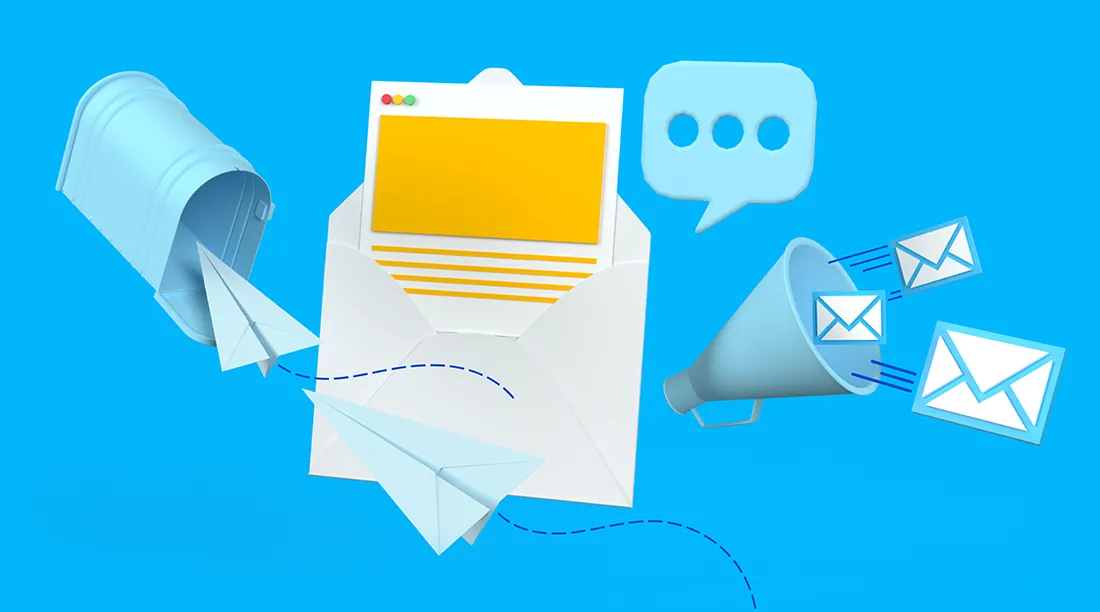In today’s digital landscape, attracting traffic to the website is crucial for success. Seven effective content marketing tactics to help drive more visitors to the site:

- SEO Optimization:
SEO (Search Engine Optimization) is a crucial aspect of any successful content marketing strategy. By optimising the website for search engines, you can improve the website’s visibility and attract more organic traffic. Here are some detailed tips on how to effectively optimise website for search engines:
Keyword Research: Identify relevant keywords that the target audience is searching for to optimise content and improve search engine visibility. Use tools like Google Keyword Planner, SEMrush, or Ahrefs to find high-volume keywords with low competition.
On-Page SEO: Optimise on-page elements such as title tags, meta descriptions, headings, and image alt text with your target keywords. Ensure that content is well-structured, easy to read, and provides value to audience to improve search engine rankings.
High-Quality Content: Create valuable and engaging content that is relevant to the target audience. Focus on addressing their questions and providing solutions to their problems to establish authority and attract organic traffic.
Mobile Optimization: With the rise of mobile device usage, it’s crucial to ensure that the website is mobile-friendly. Implement responsive design, optimize for fast loading times, and ensure easy navigation for mobile users to enhance user experience and SEO performance.
Regular Updates: Keep website fresh and relevant by regularly publishing new content, updating existing posts, and engaging with audience through comments and social media. Showing search engines that the website is active and up-to-date can improve its visibility and ranking.
By implementing these strategies, you can effectively optimise websites for search engines and attract more organic traffic.
- Social Media Promotion:
Social media promotion is a vital component of any online marketing strategy. Utilise popular social media platforms to share the content, engage with your audience, and drive traffic back to the website. Here are some detailed steps you can take.
Choose the Right Platforms: Focus on social media platforms where the target audience is most active, such as Facebook, Twitter, Instagram, LinkedIn, Pinterest, TikTok, and Snapchat.
Create Engaging Content: Develop valuable and relevant content in various formats like blog posts, videos, infographics, and polls to captivate the audience.
Use Visuals: Incorporate eye-catching images, videos, and graphics to enhance engagement on social media.
Share Consistently: Maintain a regular posting schedule to keep the audience engaged and maintain visibility on their feeds.
Encourage Engagement: Interact with the audience by responding to comments, messages, and mentions, and encourage likes, shares, comments, and retweets to boost content reach.
Utilise Hashtags: Research and use relevant hashtags to increase the discoverability of the content on social media.
To succeed on social media, choose the right platforms, create engaging content, use visuals, share consistently, encourage interaction, utilise hashtags strategically, and analyse performance for ongoing improvement.

- Email Marketing
Email marketing is a powerful tool for businesses to connect with their audience on a more personal level. Here’s a more detailed explanation of how you can build an email list and send out engaging newsletters.
Building Your List :Incentivize sign-sups with exclusive content or discounts.Use opt-in forms on websites, social media, and events. Host webinars or run social media contests for sign-ups.
Engaging Newsletters
Personalise content and include valuable industry insights. Utilise eye-catching design with visuals and videos. Include clear calls-to-action and segment audience.
Maintaining Engagement
Send regular newsletters to stay top of mind. Monitor performance metrics like open rates and conversions. Encourage feedback and offer exclusive deals to keep subscribers engaged.
By building email lists and sending engaging newsletters, you can nurture relationships, drive traffic, and increase conversions.

- Guest Blogging:
Guest blogging is a strategic way to expand reach, establish authority in the industry, and drive traffic to own website through backlinks. Here’s a more detailed explanation of how you can effectively leverage guest blogging:
Identify Relevant Websites: Find websites in the industry that accepts guest posts. Target sites with good domain authority and engaged readers.
Creating Quality Content: Follow site guidelines for formatting and tone. Write informative posts aligned with the site’s audience. Include strategic backlinks to drive traffic to the site.
Measuring Success: Monitor traffic sources, engagement, and conversions. Assess impact on marketing goals like brand awareness and SEO. Adjust strategy based on analytics.
Through guest blogging, you can enhance visibility, build relationships, and drive targeted traffic to your site with backlinks.
- Video Marketing:
Video marketing is a powerful tool for engaging with your audience, increasing brand awareness, and driving traffic to your website. Here’s a more detailed explanation of how you can effectively utilise video content to achieve your marketing goals
Understanding Your Audience: Research audience’s preferences and behaviours. Tailor video content to address their interests and needs.
Choosing Platforms Wisely: Select platforms like YouTube, Facebook, or Instagram. Customise content to fit each platform’s style and audience.
Creating High-Quality Videos: Invest in equipment for professional-looking videos. Plan and edit content carefully for maximum impact.
Promoting Content: Share videos on website and social media. Collaborate with influencers to expand reach.
Measuring Performance: Track metrics like views, engagement, and conversions. Use analytics to refine future content strategies.
By following these steps, we can effectively use video marketing to engage the audience, drive traffic, and achieve marketing goals.

- Influencer Partnerships:
Partner with influencers in your niche to expand your brand awareness
Identify Relevant Influencers: Find those with audiences aligning with the target demographic.
Establish Relationships: Reach out to discuss collaboration opportunities.
Define Partnership Goals: Clearly outline objectives such as brand awareness or lead generation.
Craft Compelling Offers: Present sponsorship packages or proposals detailing what you offer.
Create Authentic Content: Collaborate on engaging content while maintaining the influencer’s authenticity.
Track Performance Metrics: Monitor metrics like website visits and engagement to measure success.
Overall, influencer partnerships can be a valuable component of marketing strategy, helping you to reach new audiences, build brand credibility, and drive targeted traffic to your website.
- Content Promotion:
Content promotion through paid advertising involves using platforms like Google Ads, social media ads (e.g., Facebook Ads, Instagram Ads, LinkedIn Ads), or other ad networks to increase the visibility of your content and reach a larger audience.
Choose the Right Platform: Select platforms like LinkedIn, Facebook, or Instagram based on audience and goals.
Set Campaign Objectives: Define goals such as website traffic, lead generation, or brand awareness.
Create Compelling Ad Creative: Develop engaging content with captivating visuals and persuasive copy.
Test and Iterate: Experiment with different creatives and targeting options to refine approach.
By leveraging paid advertising channels to promote content, you can effectively increase its visibility, drive targeted traffic to websites, and ultimately achieve the marketing objectives.
